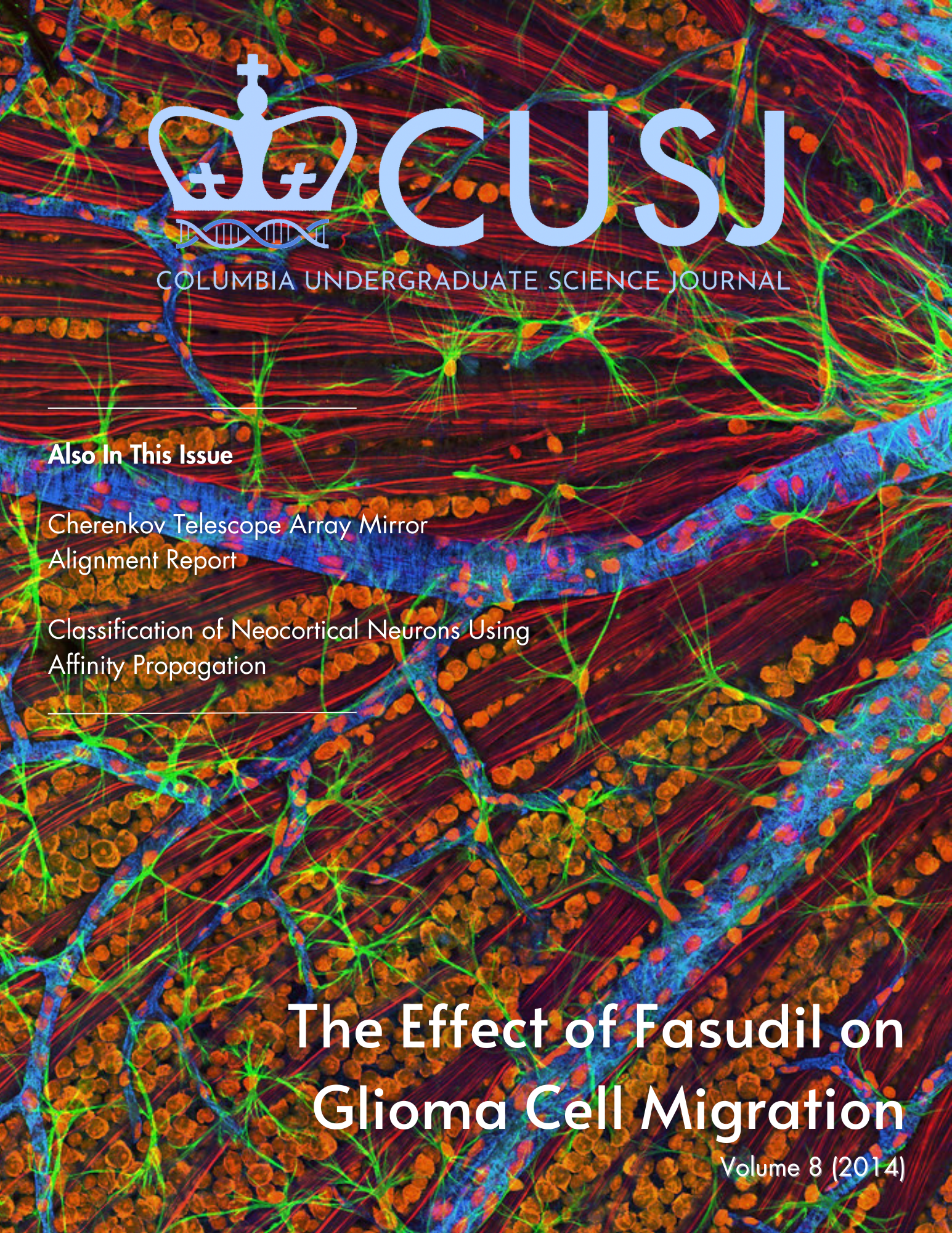Abstract
Determining the circuitry of the neocortex requires an understanding of its components, which in turn necessitates a classification scheme of neocortical neurons. The neocortex consists primarily of excitatory pyramidal neurons (~80% of neocortical neurons) and inhibitory interneurons (~20% of neocortical neurons). Neocortical interneurons are ideally positioned to control circuit dynamics. GABAergic interneurons, in particular, largely contribute to the vast morphological and physiological variability of the cortex. However, much is still not known regarding these interneurons. Here we use unsupervised learning methods, such as PCA followed by k-means analysis, to create quantitative and unbiased classification schemes. We explored the use of affinity propagation, a novel exemplar-based method of cluster analysis, to quantitatively classify a diverse set of 337 neocortical interneurons. Each neuron was characterized by whole- cell recordings done by patch-clamping and complete 3D anatomical reconstructions. It was revealed that each interneuron subtype is characterized by a unique set of morphological and electrophysiological features that allowed for specialized function within the neocortical circuit. Affinity propagation may then be used to classify neurons, the first step to reverse engineer a neocortical circuit.

